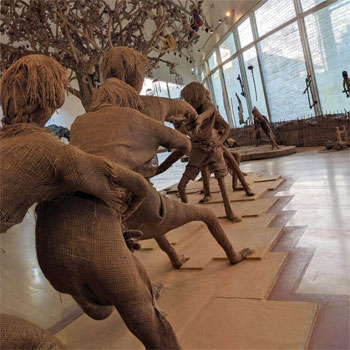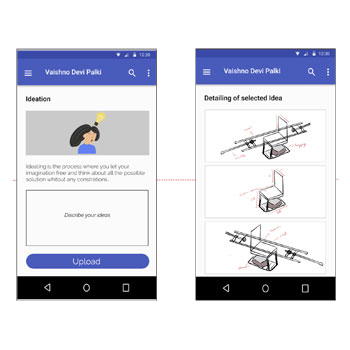In the current globalised world, there is hardly any boundary between goods and products that everyone is consuming. To meet the global standards, all the designed products and services ignore its effects on different cultures and people. Often, this unthoughtful consumption and introduction of such products leave a long-lasting environmental and cultural dent. Understanding how things are made and the thought process behind them can probably give a better understanding among people about products and their effects. Design education creates this opportunity to become more sensitive towards this consumption. The design process includes knowledge-gathering, analysis, discovery, and conceptualization resulting in a problem-solving activity, which in turn leads to experiential learning. In this digital world of learning, high school can hardly find proper design learning material or platform at an early age as it asks for extra efforts and does not actively complement other subjects. The introduction of the design process among students also aims to bring out those curious minds who might ask questions about their new and old existing beliefs, trends, and create their own meaning out of it.

